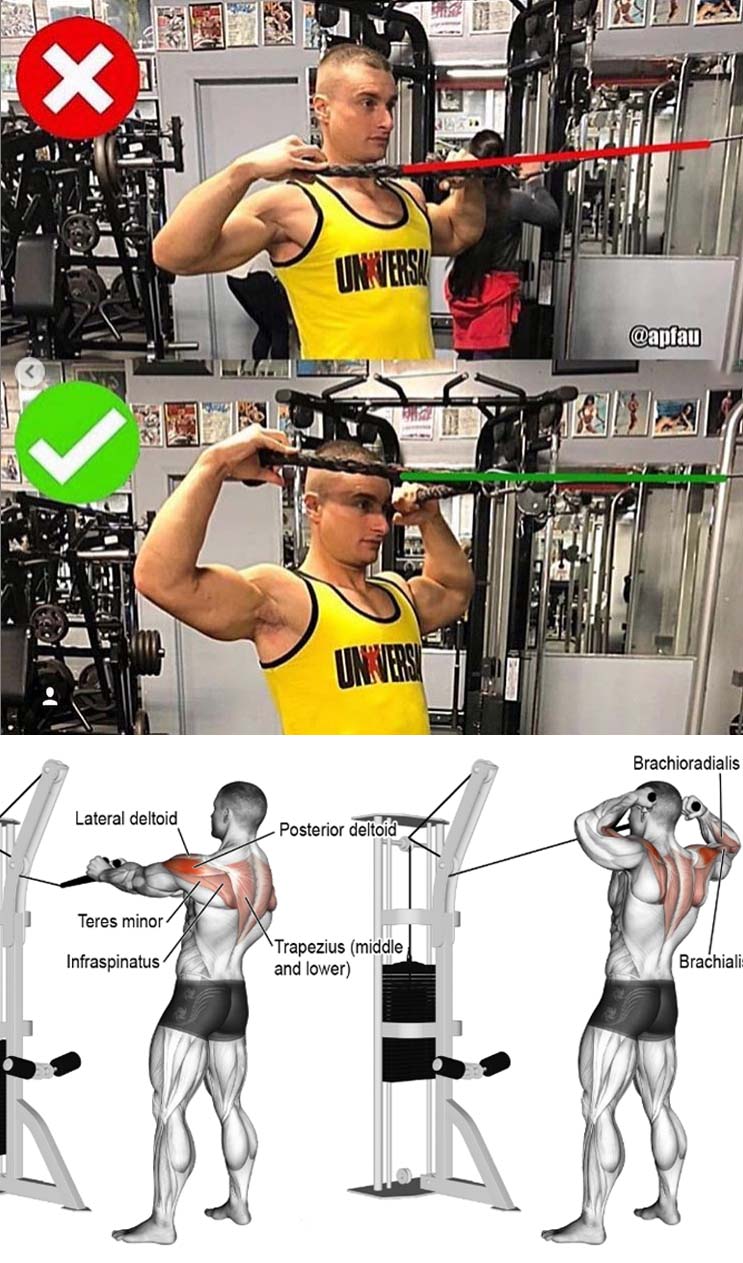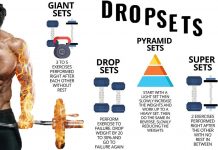🚨SHOULDER SHOCK GUIDE
✅ Shoulders are a pretty small muscle group but don’t let that fool you. There are three parts that you need to hit to make sure you fully develop them.

✅ Front delts are easy to target. They get hit with all pressing movements. For that reason, I personally don’t do any isolation exercises for them. Overhead presses and Arnold presses when combined with chest presses should be sufficient. If you don’t think it is, you can do front raises.
[wp_ad_camp_2]
✅ Rear delts a bit more difficult to hit. Like front delts get hit with pressing movements, rear delts get hit with all rowing movements. However, I still find most people’s rear delts are underdeveloped when compared to their front delts so I do recommend incorporating isolation exercises. Facepulls are my favorite one.

[wp_ad_camp_1]
✅ Side delts are probably the most difficult to develop. They will get hit in addition to front delts with any shoulder press movement but they do not get hit with chest pressing exercises or rowing exercises so they definitely need more isolation work. Some variation of lateral raises will be your best bet. Upright rows are another option but most people do them incorrectly which can cause shoulder issues.
- ✅Target muscle: Posterior Deltoid
- ✅Synergists: Lateral Deltoid, Infraspinatus, Teres Minor, Middle and Lower Trapezius, Brachialis, Brachioradialis
- ✅Mechanics: Compound
- ✅Force: Pull
[wp_ad_camp_4]

[wp_ad_camp_3]
🔥 Starting position
- Stand in front of a pulley set at approximately head height.
- Grasp one end of the rope attachment in each hand using a supinated (underhand) grip.
- Step backward so that the rope is taut and your arms are stretched out in front of you.
- Assume a staggered stance (place one foot in front of the other) and lean backward to help you balance.
🔥 Execution
- Exhale as you pull the rope toward your forehead.
- As the rope nears your face, externally rotate your shoulders so that you end up making a double biceps pose.
- Hold for a count of two.
- Inhale as you reverse the motion and return the rope to the starting position in a controlled manner.
- Repeat.

















































